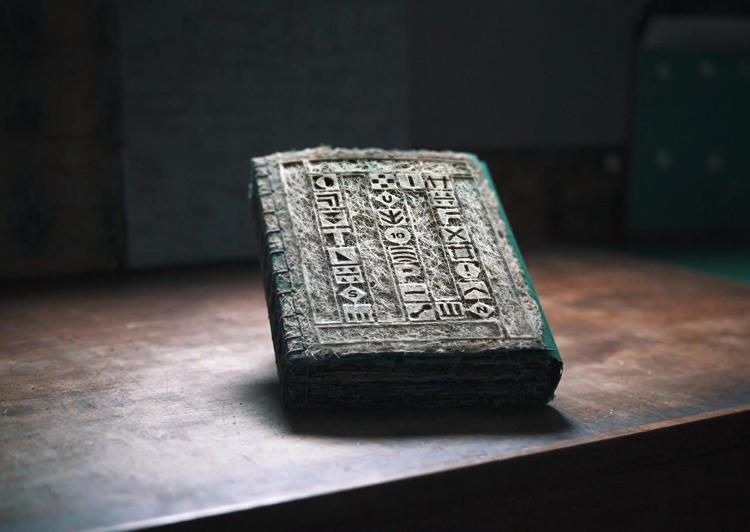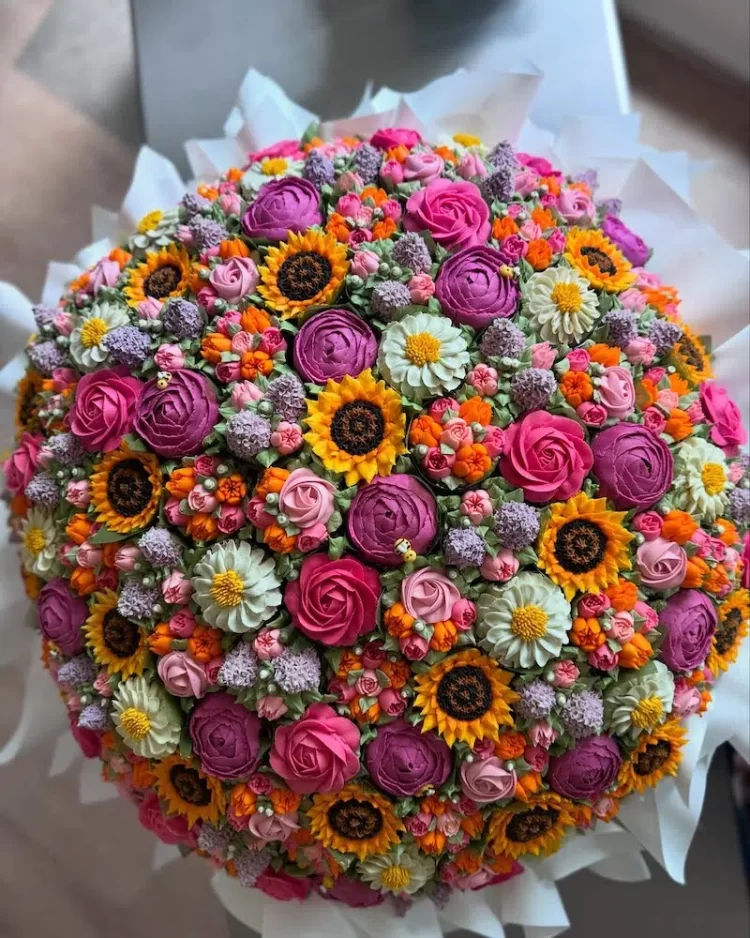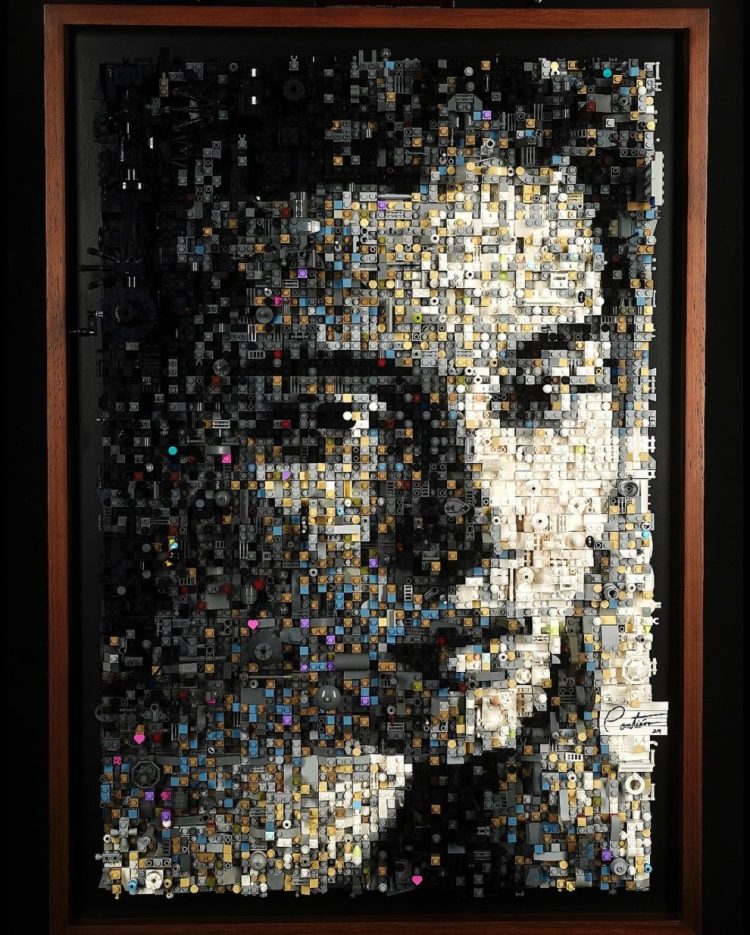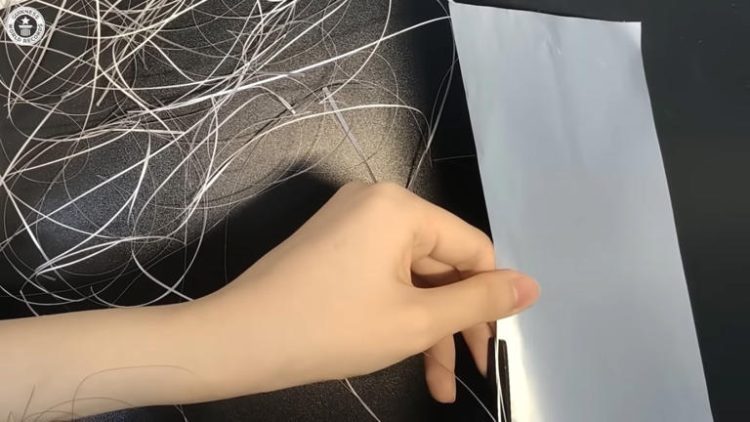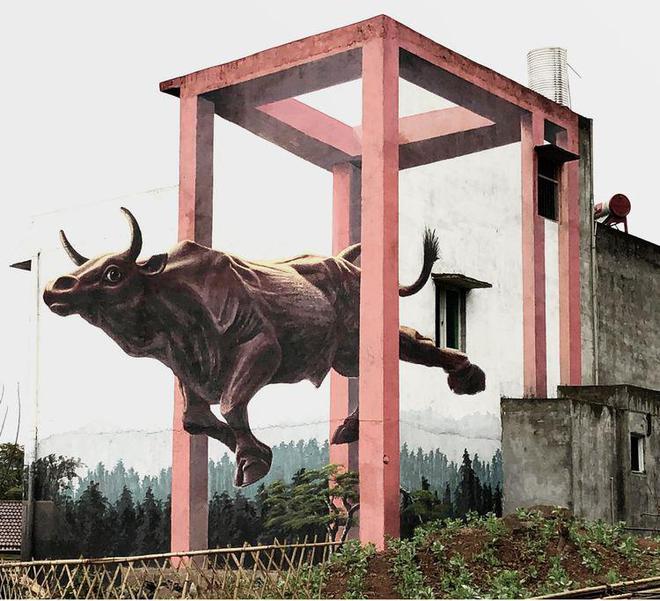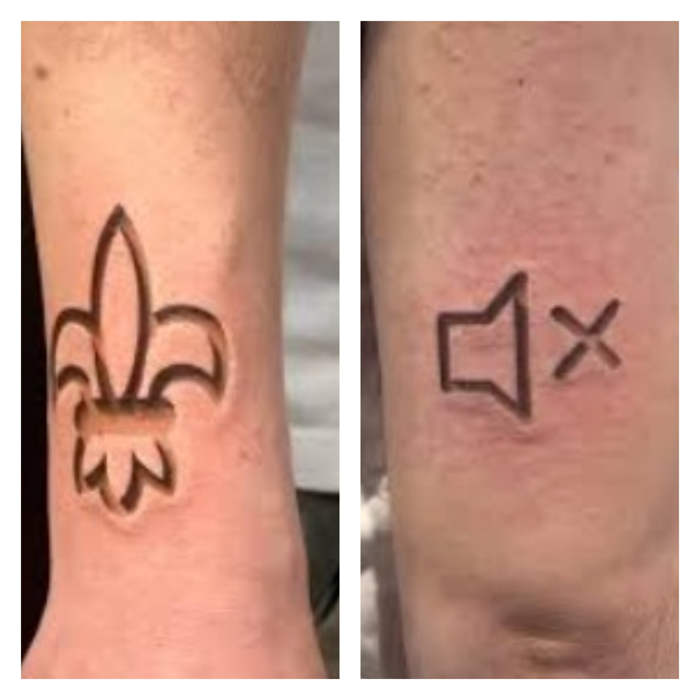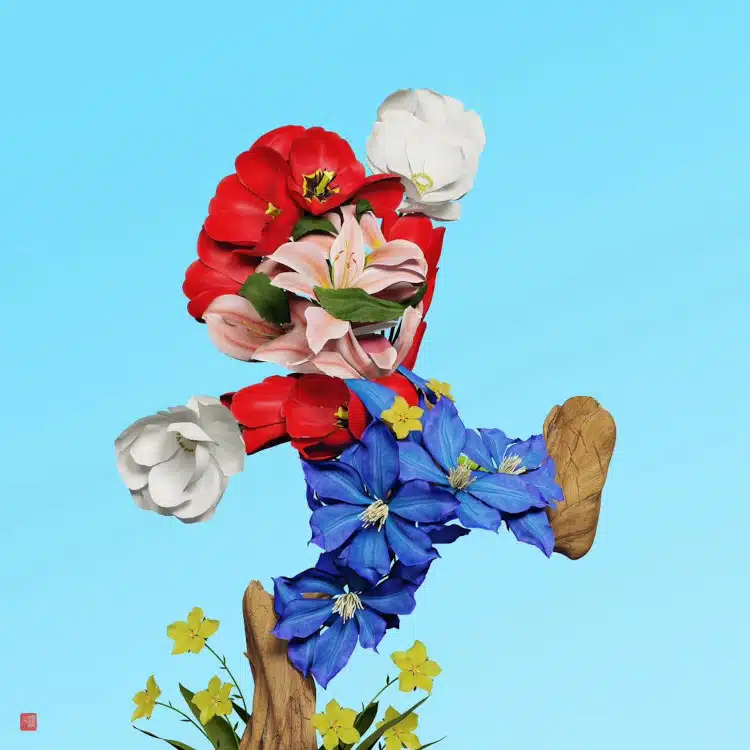In an effort to promote sustainable agriculture, Irish as agency Rothco teamed up with German artist Diana Scherer to create The Book That Grew – a 22-page tome created by manipulating the roots of living plants to grow in the shape of letters and diagrams.
We wrote about plant root manipulation for artistic purposes in the past, but this is probably the most ambitious and impressive such project we’ve ever come across. All elements of The Book That Grew, including the ink and binding, were made from grass to show farmer just how powerful a resource it can be, when managed properly. That’s actually the main point of the book, which contains 10 simple yet valuable lessons designed to help maximize sustainability of one of the most valuable agricultural resources, grass. And what better to convey the message to farmers than in the form of an all-organic book grown from that very grass.
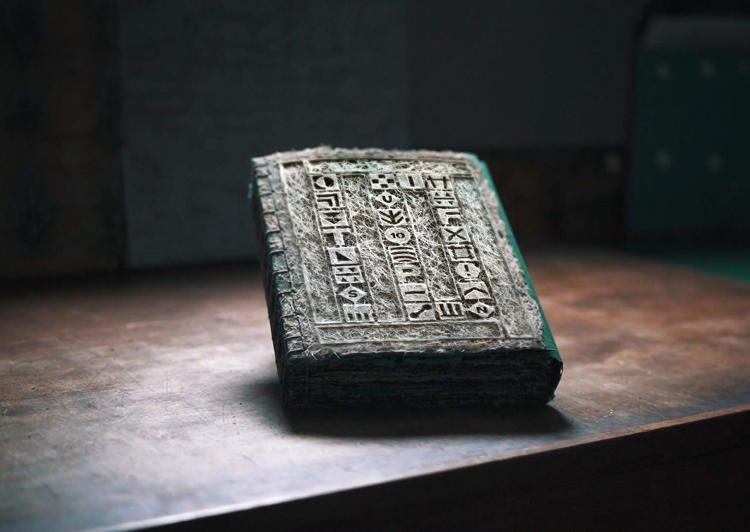
Photo: Rothco/AIB
In the beginning, even German artist Diana Scherer, who oversaw the creation of The Book That Grew throughout February and March of this year, wondered if it was possible to grow a book using only grass seeds, soil, water sunlight and special molds to manipulate the roots. Making sure that all the letters and diagrams in the book was clearly visible was a massive undertaking, but the end result is nothing short of awe-inspiring. The templates had to be created to very specific standards for the roots to accept them as part of their growing environment, and managing the chaotic, unpredictable nature of plant root growth was no easy feat either.
“The idea of growing a book from grass roots about grass management and sustainability was beautifully simple and powerful,” Rothco creative director Ray Swan said. “We knew it would be difficult, maybe even impossible, because nobody has ever tried this before, but in Allied Irish Bank (AIB) we had a client who was willing to go on this journey with us.”
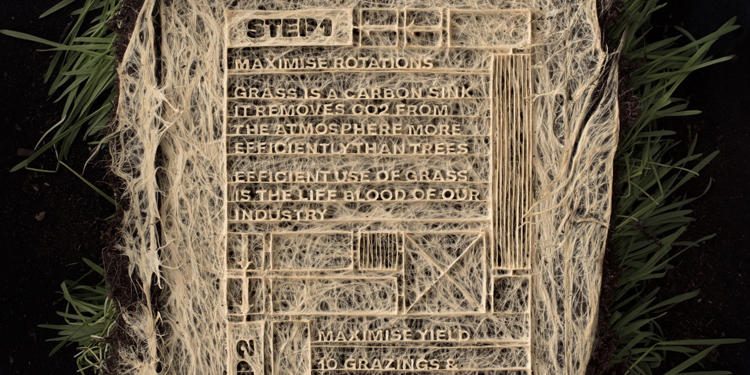
Photo: Rothco/AIB
Everything from the pages themselves and the interleaves separating them, to the binding and the ink used to emphasize the readable content was made out of grass and elements designed from it (i.e. the black pigment obtained out of burnt grass).
“There are 22 pages in the book, each with a protective interleave which is made from pulped-grass paper. There’s a good balance of words and diagrams throughout, as the second half of the content is comprised of a grazing guide, through which farmers can directly implement steps to maximize sustainability,” Rothco copywriter Rob Maguire told Muse Magazine. “Pages in the first section could have anywhere from seven to 50 words, depending on the complexity of the steps. The entire thing is presented in a grid system to mirror grass paddocks—the scene of the action—and the grazing guide pages utilize this grid fairly intensively.”
“It’s roughly the size of an A3 page [about 11 by 17 inches] and is pretty light. There’s just one—we treat it like the Book of Kells, in that it’s fairly precious!” Maguire added.
The Book That Grew will now go on a nation-wide tour at AIB-partnered agricultural events such as the National Ploughing Championships. It’s a must-see, especially since it won’t be around forever. The roots started dying after they were extracted from the soil they grew in, but Rothco has already immortalized its pages in digital format available on AIB’s website and shared through its social channels.

